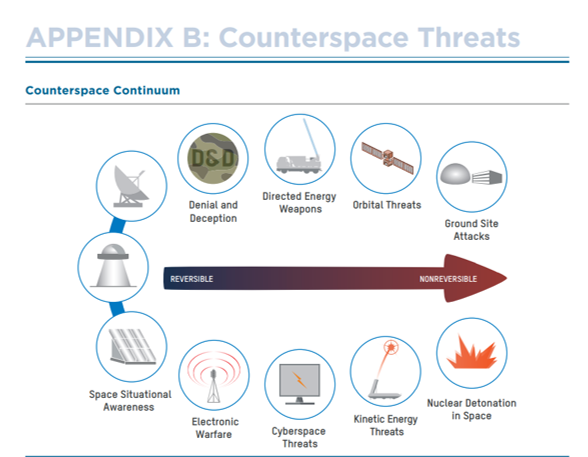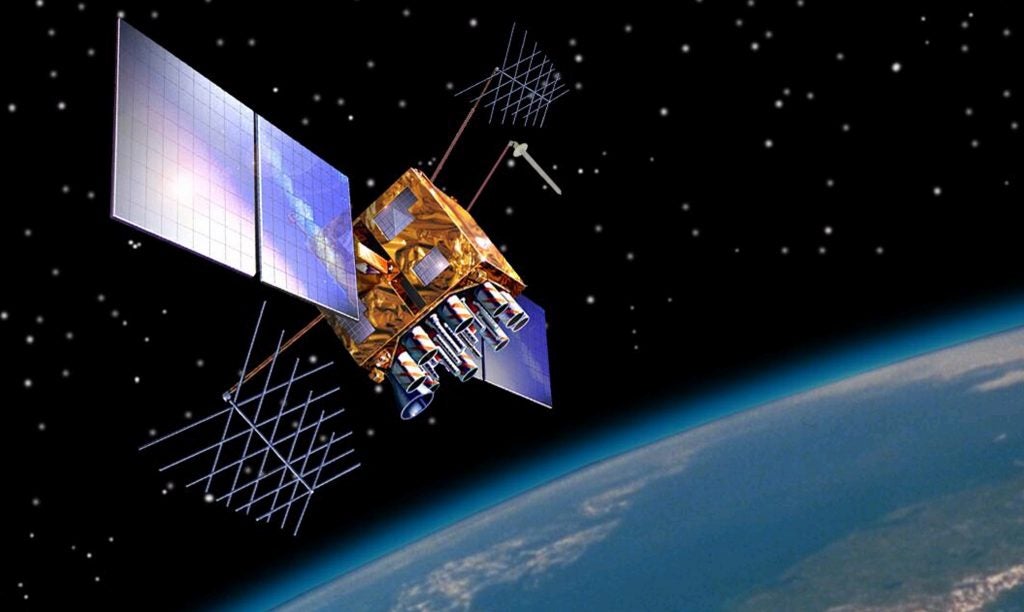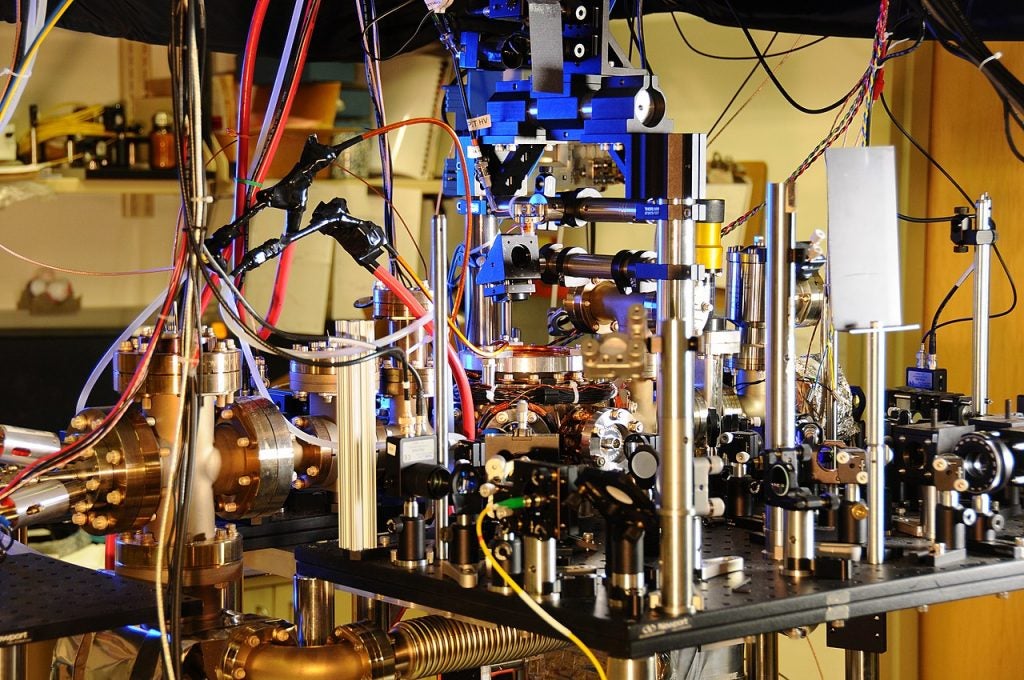DARPA Program Seeks to Enable Precise Time Synchronization Without GPS
Time synchronization has become critical to just about every aspect of modern military operations. Everything from high-tech missiles and sensors to artillery depends on accurate calculations down to the nearest nanosecond; the slightest error can have significant consequences when taking into account the precision required for a missile traveling at hundreds of miles per hour. Much of this capability, however, is reliant on atomic clocks mounted on GPS satellites. As both China and Russia make major strides in counterspace capabilities such as jamming, cyber-attacks and counter-satellite missiles, the Department of Defense is looking for ways to remove vulnerabilities in American kill chains and the “mosaic warfare” kill web.

The range of counterspace threats identified by the Defense Intelligence Agency (DIA)
To accomplish this goal, the US Defense Advanced Research Project Agency (DARPA) has announced the start of its new Robust Optical Clock Network (ROCkN) program. The program aims to develop new optical atomic clocks which are superior to current GPS clocks in accuracy, significantly smaller and more portable, as well as capable of regular use outside of laboratory conditions; “low size, weight, and power (SWaP)” in DARPA terminology.
According to DARPA Defense Sciences Office program manager Tatjana Curcic:
“If we’re successful, these optical clocks would provide a 100x increase in precision, or decrease in timing error, over existing microwave atomic clocks, and demonstrate improved holdover of nanosecond timing precision from a few hours to a month. This program could create many of the critical technologies, components, and demonstrations leading to a potential future networked clock architecture.”

The program consists of two technical areas. The first aims to create a clock capable of providing picosecond (trillionth of a second) accuracy for 100 seconds when mounted on a jet or satellite. The second aims to create a ship-mounted equivalent of GPS which can maintain nanosecond accuracy for up to a month of no GPS access. Naturally, both systems will have to be capable of withstanding field conditions. The project is expected to last four years and a Proposers Day is scheduled for 3 February.
The DARPA announcement is available here.

